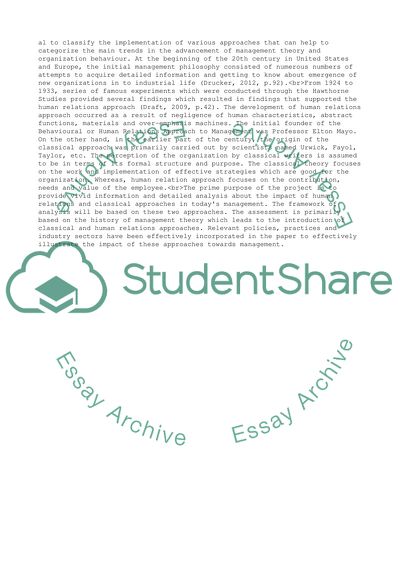Cite this document
(Management Theories and Philosophies Essay Example | Topics and Well Written Essays - 3250 words, n.d.)
Management Theories and Philosophies Essay Example | Topics and Well Written Essays - 3250 words. https://studentshare.org/management/1844624-management-theories-and-philosophies
Management Theories and Philosophies Essay Example | Topics and Well Written Essays - 3250 words. https://studentshare.org/management/1844624-management-theories-and-philosophies
(Management Theories and Philosophies Essay Example | Topics and Well Written Essays - 3250 Words)
Management Theories and Philosophies Essay Example | Topics and Well Written Essays - 3250 Words. https://studentshare.org/management/1844624-management-theories-and-philosophies.
Management Theories and Philosophies Essay Example | Topics and Well Written Essays - 3250 Words. https://studentshare.org/management/1844624-management-theories-and-philosophies.
“Management Theories and Philosophies Essay Example | Topics and Well Written Essays - 3250 Words”. https://studentshare.org/management/1844624-management-theories-and-philosophies.


